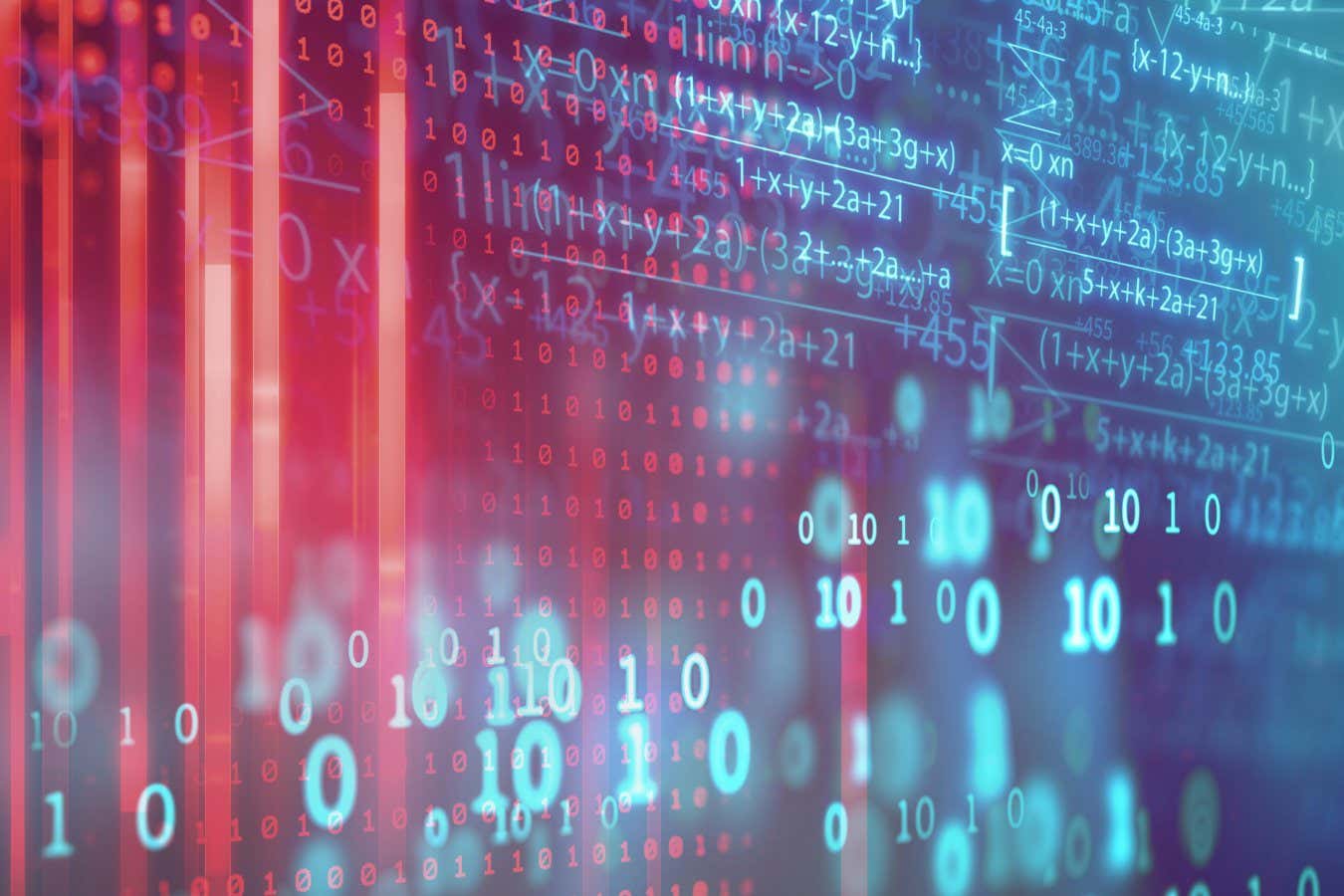Definition: The practice of protecting systems, networks, and data from digital attacks.
Understanding Cybersecurity: Protecting Our Digital World
In an age where digital technologies drive nearly every aspect of our daily lives, the importance of cybersecurity cannot be overstated. Cybersecurity, fundamentally defined, is the practice of protecting systems, networks, and data from digital attacks. This multifaceted discipline encompasses a variety of strategies, technologies, and processes designed to safeguard data integrity, confidentiality, and availability.
The Importance of Cybersecurity
As organizations and individuals increasingly rely on digital platforms for communication, commerce, and storage of vital information, the threat landscape has expanded dramatically. Cyberattacks can lead to significant financial losses, damage to reputation, and legal repercussions. According to recent reports, cybercrime is projected to cost the global economy trillions of dollars annually, underlining the urgent need for robust cybersecurity measures.
Key Components of Cybersecurity
-
Network Security: This refers to protecting the integrity and usability of your network and data. It involves implementing measures such as firewalls, intrusion detection systems, and virtual private networks (VPNs) to safeguard against unauthorized access and cyber threats.
-
Application Security: Applications, whether web-based or mobile, can be vulnerable to attacks. Ensuring that software is developed with security in mind—regular updates, patches, and security testing—is crucial for minimizing risks.
-
Information Security: This aspect focuses on protecting data—both in storage and in transit. Encryption techniques, secure data storage solutions, and backup systems play a vital role in protecting sensitive information from breaches and data loss.
-
Endpoint Security: With the rise of remote work and mobile devices, endpoint security addresses threats that originate from endpoint devices like laptops, smartphones, and tablets. Solutions include antivirus software and endpoint detection and response (EDR) systems.
-
Identity and Access Management (IAM): IAM protocols ensure that only authorized users have access to certain resources. Techniques such as multi-factor authentication (MFA) and strict user access controls are essential for preventing unauthorized access.
-
Disaster Recovery and Business Continuity: In the event of a cyber incident, having a solid recovery protocol can help minimize downtime and loss of data. Disaster recovery plans outline how an organization can quickly regain access to its systems, while business continuity plans ensure ongoing operations despite any incidents.
The Evolving Threat Landscape
Cybersecurity is not a static field; it is constantly evolving due to the sophisticated techniques employed by cybercriminals. Incidents such as phishing attacks, ransomware, and data breaches have become increasingly pervasive, targeting both large corporations and small businesses. Staying ahead of these threats requires ongoing education, training, and investment in advanced cybersecurity solutions.
-
Emerging Technologies: Innovations like artificial intelligence and machine learning are being integrated into cybersecurity protocols to predict and neutralize threats before they escalate.
-
Regulatory Compliance: Adhering to regulations such as the General Data Protection Regulation (GDPR) and the Health Insurance Portability and Accountability Act (HIPAA) mandates creates an additional layer of accountability for organizations to protect customer data.
-
Cybersecurity Mesh: This approach emphasizes a more modular security framework, enabling organizations to adapt and scale their cybersecurity efforts in response to evolving threats.
Conclusion
As we navigate the complexities of the digital age, the practice of cybersecurity will continue to play a central role in protecting our systems, networks, and data from digital attacks. Organizations must prioritize cybersecurity by investing in the right technologies and cultivating a culture of awareness and preparedness among employees. With the right measures in place, we can create a safer digital environment for everyone, ensuring that we harness the benefits of technology without compromising our security.
Share this content:













إرسال التعليق